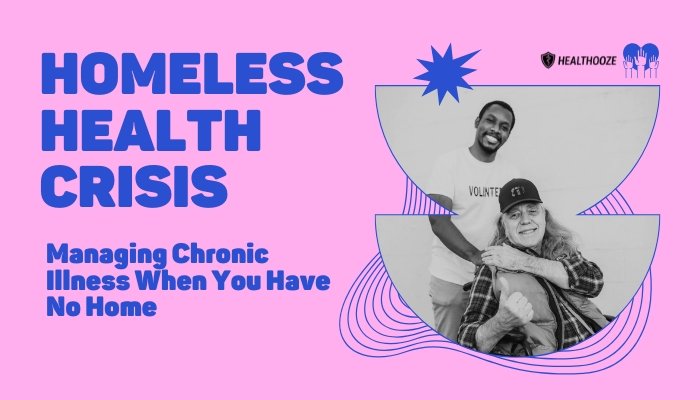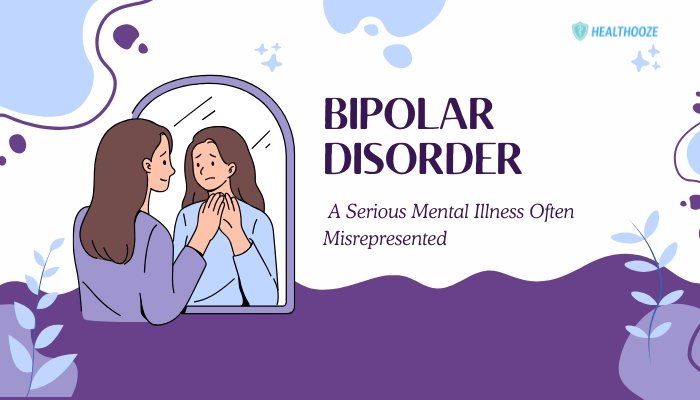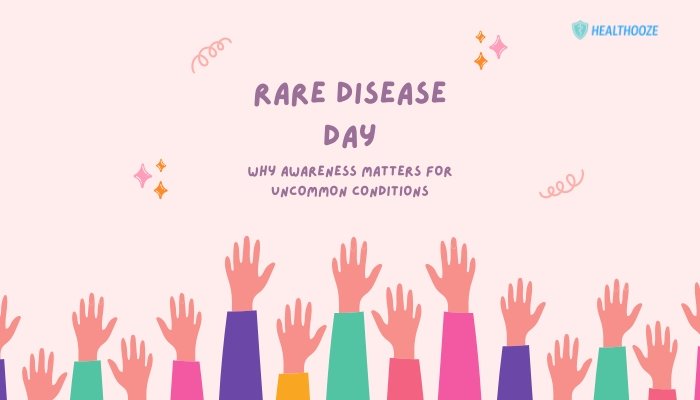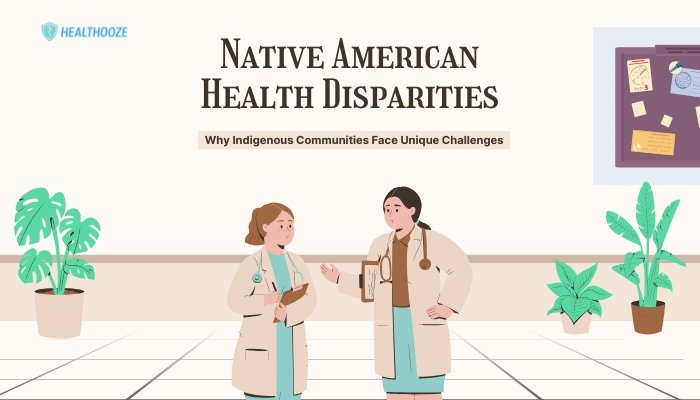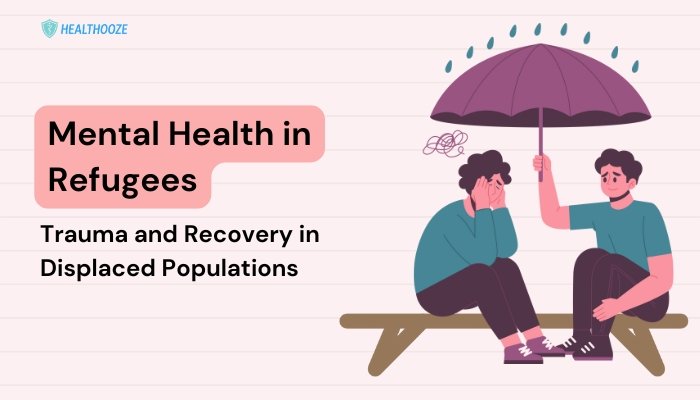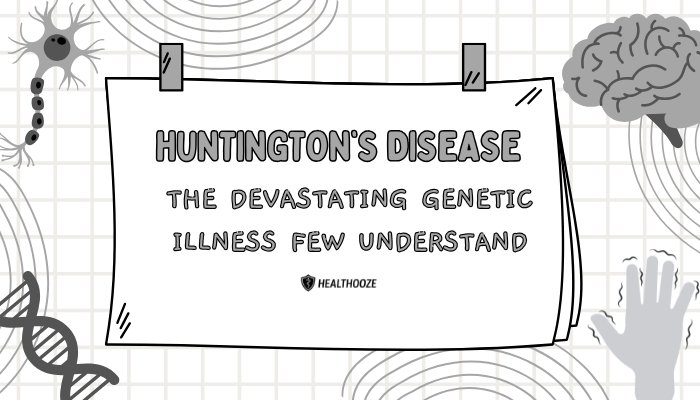Introduction
Homelessness is an urgent social concern worldwide, but less often highlighted are the specific burdens carried by individuals with chronic illnesses who live without stable housing.
Whether battling diabetes, heart disease, COPD, or mental health conditions, unhoused individuals must cope with complex regimens and doctor visits in environments where even basic needs—like consistent shelter, healthy meals, or refrigeration for medications—are precarious at best.
This article spotlights the unique health challenges of homeless adults with chronic diseases, explores barriers to effective care, and emphasizes innovative approaches to offering support.
Overlapping Crises: Homelessness and Chronic Illness
The Growing Scope
In numerous cities, the homeless population has grown, and many are living with medical conditions that demand ongoing treatment. Conditions once primarily associated with older adults (like hypertension or arthritis) can also arise earlier due to malnutrition, stress, and lack of preventive care on the streets. This creates a cycle: poor health complicates the ability to secure housing or employment, and being unhoused worsens disease progression.
Why Chronic Disease Is Harder to Manage on the Streets
- Medication Access: Storing drugs that require refrigeration (e.g., insulin) is unfeasible in a tent or encampment.
- Irregular Diet: Hypertension and diabetes management rely heavily on controlled salt or sugar intake, which is nearly impossible when reliant on donated meals or convenience store snacks.
- Physical Demands: Without a stable place to rest, individuals walk for hours daily, aggravating conditions such as joint pain or foot ulcers.
- Missed Appointments: No phone or stable transportation often means no consistent follow-up with specialists.
Barriers to Effective Treatment
Limited Healthcare Access
- Insurance Gaps: Homeless individuals may lack identification or steady mailing addresses, complicating Medicaid enrollment or continuity of coverage.
- Clinic and Hospital Avoidance: Past discrimination or negative experiences may lead to distrust of medical institutions. Some forgo care until emergencies arise.
- Fragmented Services: In many regions, homeless shelters are separate from medical or mental health facilities, making integrated care challenging.
Stigma and Mental Health
Chronic illnesses overlap frequently with mental health conditions, particularly depression or substance misuse. For example, a person with diabetes facing repeated bouts of homelessness might struggle with hopelessness, compounding the difficulty of following treatment instructions.
Co-Occurring Issues
- Addiction: Some turn to substances for pain or stress relief, further destabilizing blood pressure, sugar control, or respiratory health.
- Frequent Relocation: Attempting to shelter-hop or adapt to new encampments disrupts medication regimens and risk factor management.
Approaches to Helping Unhoused Individuals Manage Chronic Illness
Mobile Health Outreach
- Street Medicine: Clinicians visit camps or shelters with portable diagnostic tools, addressing issues in real time.
- Mobile Pharmacies: Vans dispensing meds and simple labs (e.g., blood glucose checks) close the gap for those reluctant to navigate formal systems.
Integrated Housing and Health Services
- Medical Respite Care: Short-term facilities offering patients a safe space to recover after hospital discharge.
- Permanent Supportive Housing: Combining stable housing with on-site case management, enabling scheduled check-ups, nutritional support, and mental health counseling.
- Telehealth: Some nonprofits provide access to phone or tablet-based consults, bridging the distance to specialists.
Harm Reduction and Low-Barrier Solutions
- Simplified Regimens: Minimizing medication complexity to once-daily doses or providing blister packs fosters adherence.
- Nutrition Assistance: Partnerships with soup kitchens to offer diabetic-friendly or low-sodium meals.
- Peer Health Navigators: Formerly homeless individuals trained to guide peers on medication management or scheduling follow-ups.
Strategies for Clinicians and Policymakers
Clinical Best Practices
- Empathetic Care: Asking about living conditions, facilitating medication storage solutions, and building trust are essential.
- Trauma-Informed Approaches: Recognizing that stress from homelessness can trigger emotional or behavioral responses that hamper compliance with care recommendations.
- Multi-Disciplinary Collaboration: Partnering with social workers, shelters, mental health professionals to ensure holistic support.
Policy Reforms and Funding
- Housing First Models: Evidence shows that stable housing decreases ER visits and complications for homeless individuals with chronic diseases.
- Medicaid Expansion: Easing eligibility and reducing bureaucratic barriers helps patients keep consistent coverage.
- Long-Term Public Health Investment: Building integrated community health centers near high-need areas and ensuring partnership with local nonprofits.
Practical Steps for Individuals and Communities
Personal Advocacy
For those experiencing homelessness and chronic illness:
- Keep Key Medications on Hand: If possible, store them in a cooler bag or designated safe place, reaching out for donated insulin “fridges” or lockers if available.
- Seek Shelters or Day Centers: Many provide health screenings, meal planning, or direct connections to health resources.
- Document Everything: Even a handwritten record of diagnoses and meds helps new providers quickly grasp medical needs.
Community Engagement
For volunteers, professionals, or concerned citizens:
- Support Local Initiatives: Donate supplies (like glucose meters), volunteer in mobile clinics, or advocate for improved shelter services.
- Educate: Teach about foot care, wound cleaning, or medication scheduling for those with conditions like diabetes or heart failure.
- Encourage Partnerships: Urge city councils or health departments to create or expand street medicine programs, bridging homeless care and mainstream healthcare.
Conclusion
The intersection of homelessness and chronic illness often remains overlooked in public discourse, overshadowed by simpler narratives of either housing or healthcare alone. Yet, for those living on the margins, the daily rigors of an unmanaged condition can prove life-threatening. Solutions require a collaborative, compassionate effort that ensures consistent medical treatment, stable living options, and personalized support for each person’s unique challenges. By integrating outreach services, implementing policy reforms, and fostering empathic medical care, communities can help break the cycle, enabling individuals experiencing homelessness to better manage chronic conditions—and perhaps, find a pathway toward sustained well-being and housing stability.
References
- Baggett TP, O’Connell JJ, Singer DE, et al. The unmet health care needs of homeless adults: a national study. Am J Public Health. 2010.
- Kertesz SG, Crouch K, Milby JB, et al. Housing first for homeless persons. Lancet. 2017.
- Hwang SW, Burns T. Health interventions for people who are homeless. Lancet. 2014.

